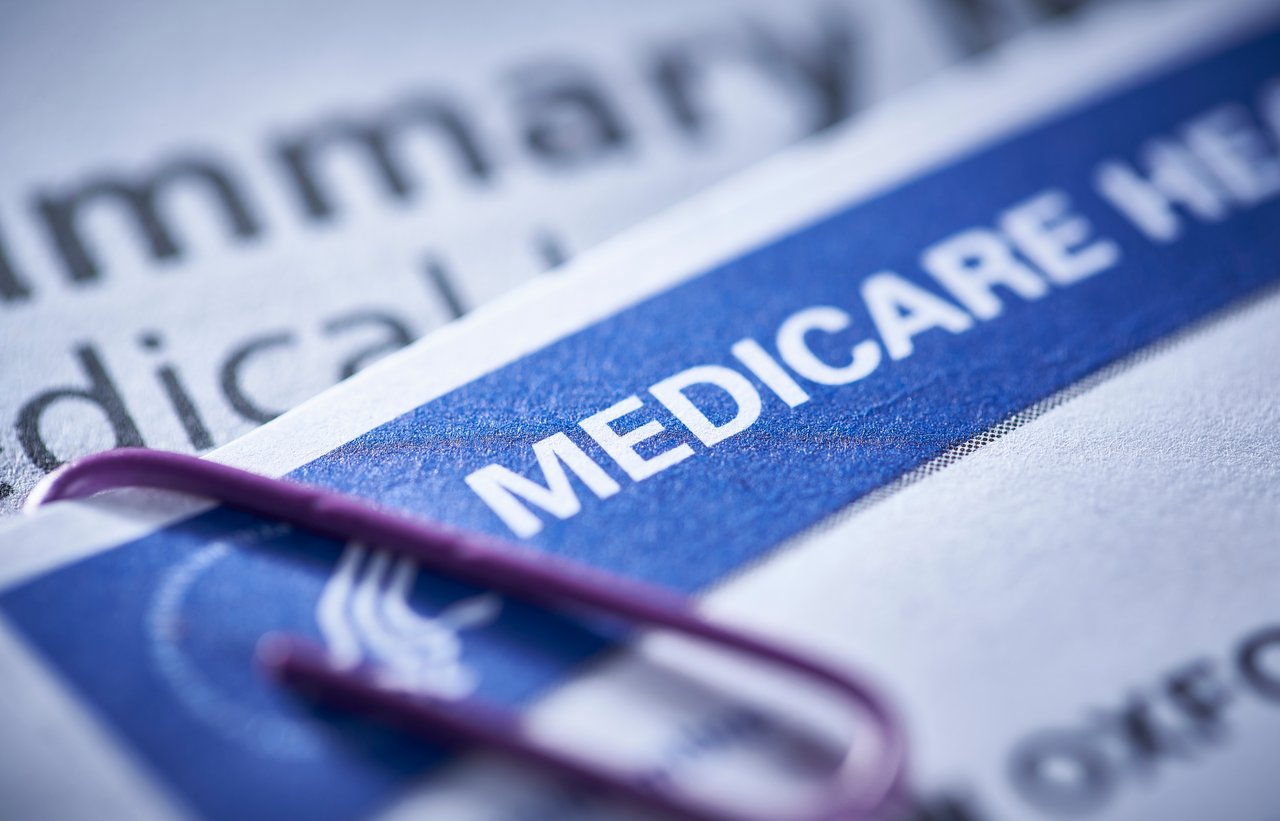Part 1 of 3: Understanding the IRA and Medicare Drug Price Negotiation Program (MDPNP)—A Pharmacist’s Guide for Pharmacy Owners

As a practicing pharmacist and business person, you wear at least two hats: one focused on patient care, the other on the survival and success of your pharmacy. The Inflation Reduction Act (IRA), signed into law in 2022, brings changes that could impact both fronts—dramatically. The centerpiece of the IRA's pharmacy-related provisions is the Medicare Drug Price Negotiation Program (MDPNP), also known as the Maximum Fair Pricing (MFP) initiative.
In this first report, we’ll discuss the program and its mechanics. Then in part 2 we’ll deep dive the financials around each drug (teaser, they’re not all created equal). And finally in part 3 we’ll break down the strategy that will set your pharmacy up for success through the transition process.
What Is the Maximum Fair Pricing Program?
Beginning in 2026, Medicare will begin paying a newly negotiated price for it’s top-spend Part D drugs, called the MFP. This marks a seismic policy shift: Medicare, which historically paid market prices through pharmacy benefit managers (PBMs), will now exert strong influence over the cost of select medications. The negotiated prices will benefit Medicare beneficiaries, but the reimbursement framework has a ripple effect across the pharmacy supply chain.
Key Milestones and Timeline
- 2023: CMS published guidance on the negotiation process and identified the criteria for drug selection.
- August 2023: The first 10 Part D drugs selected for negotiation were announced.
- 2024-2025: Negotiations with manufacturers take place. Final “maximum fair prices” (MFPs) are published.
- 2026: Negotiated prices take effect, and pharmacies begin dispensing these drugs under the new payment structure. See the chart from CMS below.

In future years, the list of drugs will expand: 15 additional drugs in 2027, another 15 in 2028 (including Part B), and 20 more each year starting in 2029.
Drugs in 2027
- Ozempic; Rybelsus; Wegovy
- Trelegy Ellipta
- Xtandi
- Pomalyst
- Ibrance
- Ofev
- Linzess
- Calquence
- Austedo; Austedo XR
- Breo Ellipta
- Tradjenta
- Xifaxan
- Vraylar
- Janumet;Janumet XR
- Otezla
Who’s Affected?
While Medicare patients benefit from lower out-of-pocket costs, pharmacy owners must reckon with an altered reimbursement pipeline. Here’s what’s changing:
- PBMs will adjust their payments to pharmacies to reflect these new, lower benchmarks.
- Manufacturers must rebate the difference between market price and MFP to pharmacies.
- Pharmacies will continue to buy drugs at the standard market price. Part D reimbursement will be lower, and the Manufacturer rebate will need to be paired with the PBM reimbursement to make the pharmacy whole.

This disconnect is new, and potentially harmful if not tracked and managed meticulously. Cash flow doesn’t come easy with already shrinking margins, and this could be one more strike at it.
The Stakes for Pharmacy Owners
- Margin evaporation: Pharmacies may dispense at a loss if total reimbursements don’t cover actual acquisition costs, in real time.
- Administrative burden: Tracking negotiated drugs, managing compliance with MFP requirements, and coordinating reimbursement will require robust systems and oversight.
- Inventory shrink: With thousands of dollars tied up in inventory for MFP drugs, delayed rebates or PBM reimbursements put operational liquidity at risk.
Now is the time to dig into the specifics of the MFP drug list and prepare strategically for what’s next. Our Index data shows similar numbers as what you may have read from some other resources:
- Average pharmacy’s affected annual sales: $435,000 of sales on these 10 drugs
- Of that $435k, PBM reimbursement will make up $170,000; with the rest coming from manufacturers once the claim is confirmed.
This indicates that across the Outcomes network, the average pharmacy can expect around $22,000 of dispensing reimbursement each month to be coming from a manufacturer each month- rather than a PBM.
Your bookkeeping and contract compliance tracking, as well as your inventory and medication synchronization strategies will all need to be looked at in order to be successful when this new program rolls out. But take heart, because the right answer will never be to stop taking care of your patients; and Outcomes is here to help! In Part 2, we’ll use the Index data to share drug-by-drug recommendations. Stay tuned!





